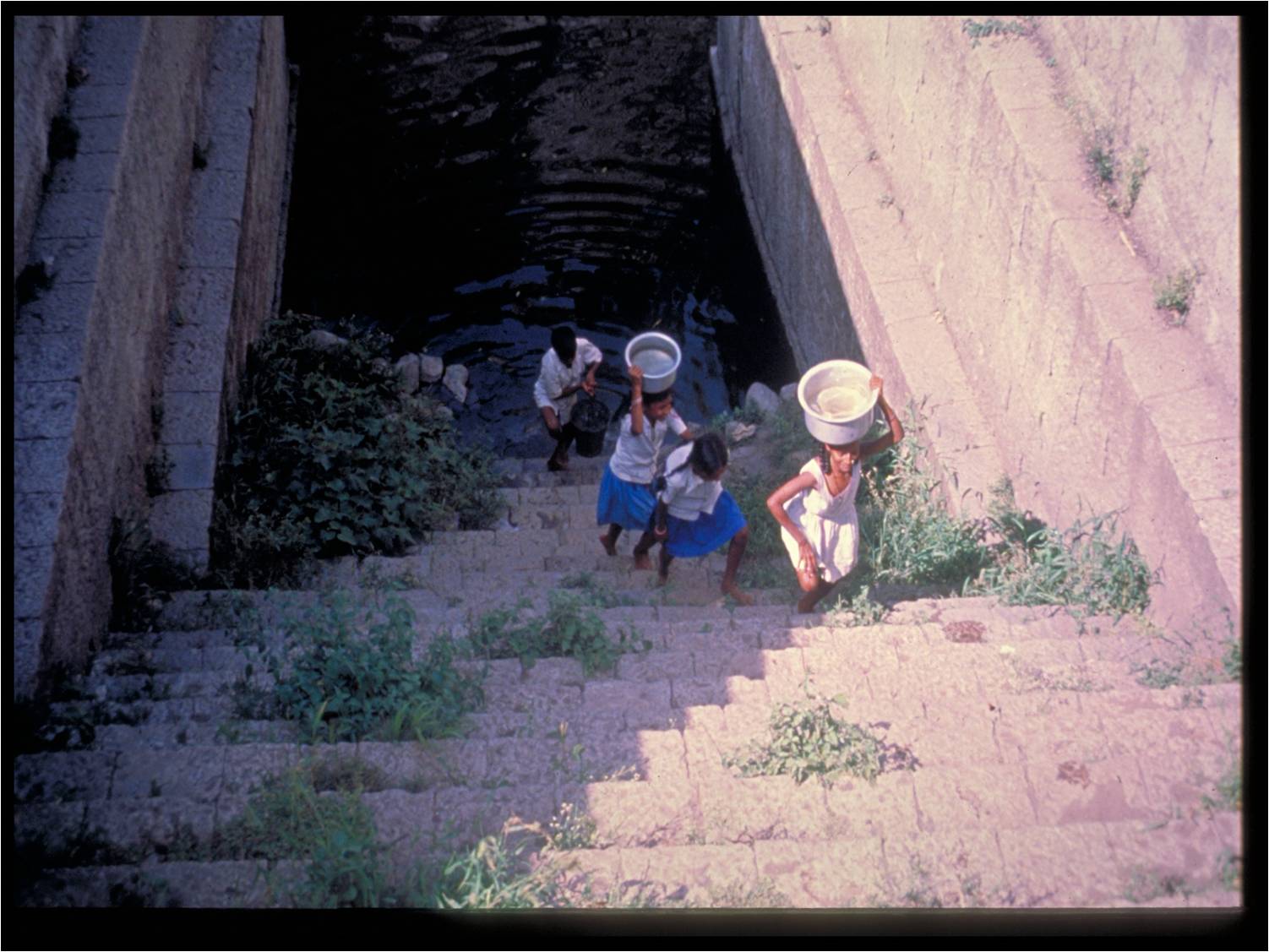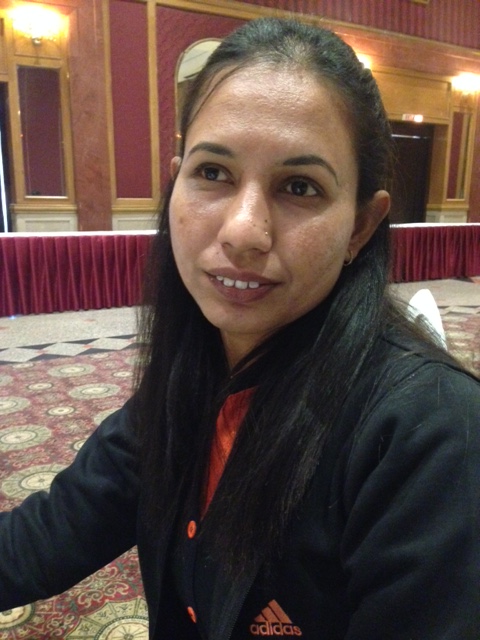How Frontline Health Workers in India Are Working to Save Newborn Lives
Low weight and premature birth are prime reasons why 26% of global neonatal deaths occur in India. Meet the good Samaritans trying to change that.

Laxmi Devi was attending to the children at the anganwadi centre when she received a frantic phone call. On the other end of the line was a woman from her village who had taken her critically ill 3-day-old baby to the sick newborn care unit (SNCU) in Lalitpur district, Uttar Pradesh (UP). When the 35-year-old anganwadi worker heard that the young mother had been turned away, she immediately set off to help her. On reaching there, she confronted the staff and ensured the baby was admitted.
Thanks to her timely intervention, the baby celebrated her eighth birthday a couple of months ago.

But not all neonates are so lucky. Over 700,000 of India’s newborns continue to die within 28 days of their birth every year. In UP, the neonatal mortality rate (NMR) is at 49 per 1,000 live births, way above the national NMR of 29. While low weight and premature birth are prime reasons why 26% of global neonatal deaths occur in India, discrimination by the healthcare system exacerbates the already fragile situation.
“The mother who was turned away was from the marginalised Sahariya tribe. When I heard about the incident, I couldn’t control myself. I shouted at them and said we would not leave until the baby was admitted. Thankfully, this worked,” she shares.
Even if the neonates manage to surmount the challenges of the crucial first 28 days after birth, there is no guarantee they will not be among the 3,200 children who die every day before they turn five, especially if they belong to marginalised and vulnerable communities.
While the efforts of Laxmi and the thousands of frontline health workers in India to save children’s lives has borne fruit in numerous cases, many have lost the battle, unable to overcome poverty, discrimination and inequality.
So, how can these unnecessary, painful deaths be prevented? While women like Laxmi Devi are making the crucial difference between life and death through their work and vigilant attitude, ensuring equity and efficiency [in all government programmes] can go a long way in preventing loss of lives, believes Louis-George Arsenault, UNICEF Representative for India. According to him, UNICEF, which turned 70 this year, would continue to help endangered children realise their dreams by sharpening its focus on these two important aspects. “The business as usual approach cannot work,” he contends.
Bridging data gaps also plays a pivotal role, says Arsenault, adding, “It may sound trivial but it is not. This is because each Indian state is at a different level of development. Data can help to inform policies and programmes for children.”
One such initiative to collate data to enable better outreach to malnourished and undernourished children has already been launched in September 2016. The comprehensive national nutritional survey of 1,20,000 children in the age group of 0-19 years initiated by UNICEF in partnership with the government aims to tabulate nutrition parameters hitherto missed. This time blood, urine and stool samples are being collected in addition to measuring height, weight and mid-upper arm circumference. Since this state-specific data will include details of household food security, water sanitation and socioeconomic features, it will facilitate greater understanding of local conditions.
Importantly, this survey is expected to reiterate the significance of early childhood development by determining the association between lack of nourishment and its impact on school readiness, cognitive development and educational outcomes.
It is not just lack of proper nutrition that hampers the development of children. Denying them the opportunity to go to school is another contributing factor.

Any child not in school means s/he has been pushed into child labour and that is a gross violation of her rights, states Shantha Sinha, former chairperson of the National Commission for Protection of Child Rights (NCPCR).
NCPCR was able to convince the government to close down night schools so that children could go to full-time formal school during regular hours in the daytime. Sinha, a recipient of the prestigious Magsaysay and Padma Shri awards for her pioneering work with children, says this revolutionary step ensured girls got the opportunity to attend school instead of being forced to do housework or engage in sibling care-aid. “Girls are no longer keeping quiet. They are exercising agency and questioning gender discrimination,” remarks Sinha.
Having role models like Najma Nikhat has helped girls dare to dream.

In 2008, when the 21-year-old Nikhat first visited her community in Saharanpur, UP, after being trained as a UNICEF community mobiliser, questions were raised on her motives for spending three days in a hotel where she underwent the training. “I was shocked at the insinuation and very disturbed. Confidence in my abilities and the support of my parents helped through that troubling phase. I did not give up and went back to work,” recalls Nikhat.
This experience came in handy when she was promoted as a community mobilisation coordinator and sent to Ghaziabad to work in a Muslim dominated block. Here, Nikhat has been largely successful in persuading the community to get their children immunised, educate girls and allow them to realise their potential. “There are six families who are still reluctant but I am confident I will be able to bring them around. However, my greatest achievement has been engaging three young girls from the community as mobilisers. They have been able to fulfil their dreams,” she reveals.
Of course, achieving such levels of empowerment doesn’t come without its challenges. For Sudha Verghese, founder of Nari Gunjan, a Bihar-based NGO working with the marginalised Musahar community, there has been a lot of tears and heartbreak in the process.
“Some girls, who were unable to persuade their parents to allow them to pursue their studies instead of getting married, committed suicide. This was heartbreaking for us. The Musahar community believes in early marriage and trying to change this mindset hasn’t been easy. While we have succeeded to some extent, there is a long way to go,” says Verghese, who has lived with the Musahar community for 21 years.
Verghese, who has received a Padma Shri for her work with the Musahars, especially works with the boys from the community. “They are equally important if we are to achieve real empowerment and gender equality,” she says.
Having committed to the UN Sustainable Development Goals (SDGs), India has till 2030 to achieve the targets on reducing inequality, ending violence against children and combating child poverty among others. And if we really want to keep the promise, the government has to ensure not a single child is left behind.
Featured image source: Pippa Ranger/Department for International Development [CC BY-SA 2.0], via Wikimedia Commons
Like this story? Or have something to share? Write to us: [email protected], or connect with us on Facebook and Twitter.
NEW: Click here to get positive news on WhatsApp!
If you found our stories insightful, informative, or even just enjoyable, we invite you to consider making a voluntary payment to support the work we do at The Better India. Your contribution helps us continue producing quality content that educates, inspires, and drives positive change.
Choose one of the payment options below for your contribution-
By paying for the stories you value, you directly contribute to sustaining our efforts focused on making a difference in the world. Together, let's ensure that impactful stories continue to be told and shared, enriching lives and communities alike.
Thank you for your support. Here are some frequently asked questions you might find helpful to know why you are contributing?


This story made me
-
97
-
121
-
89
-
167














